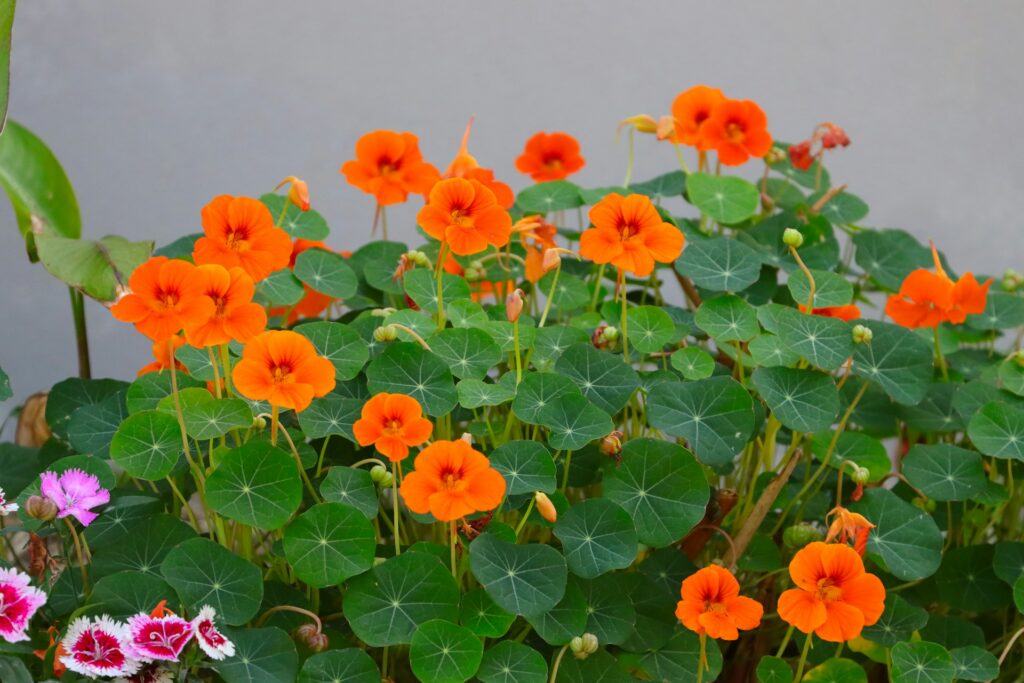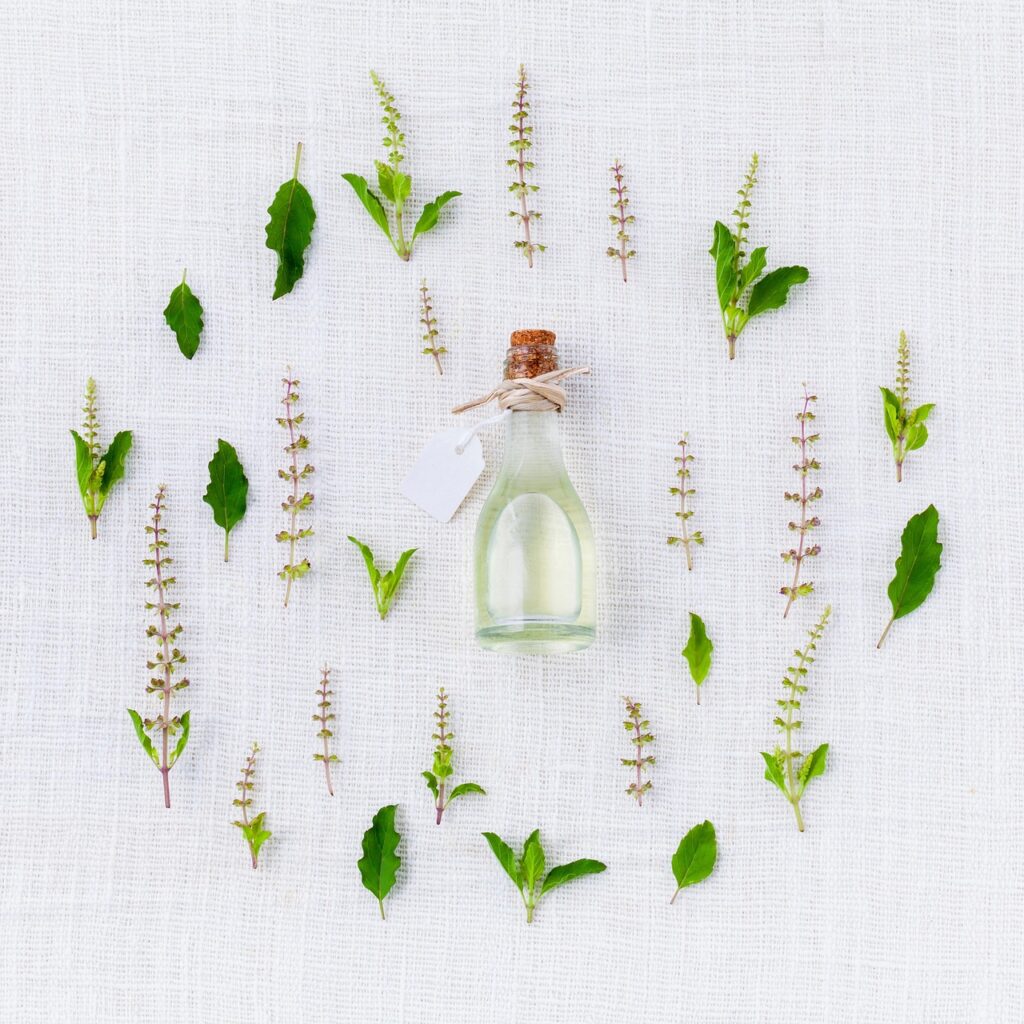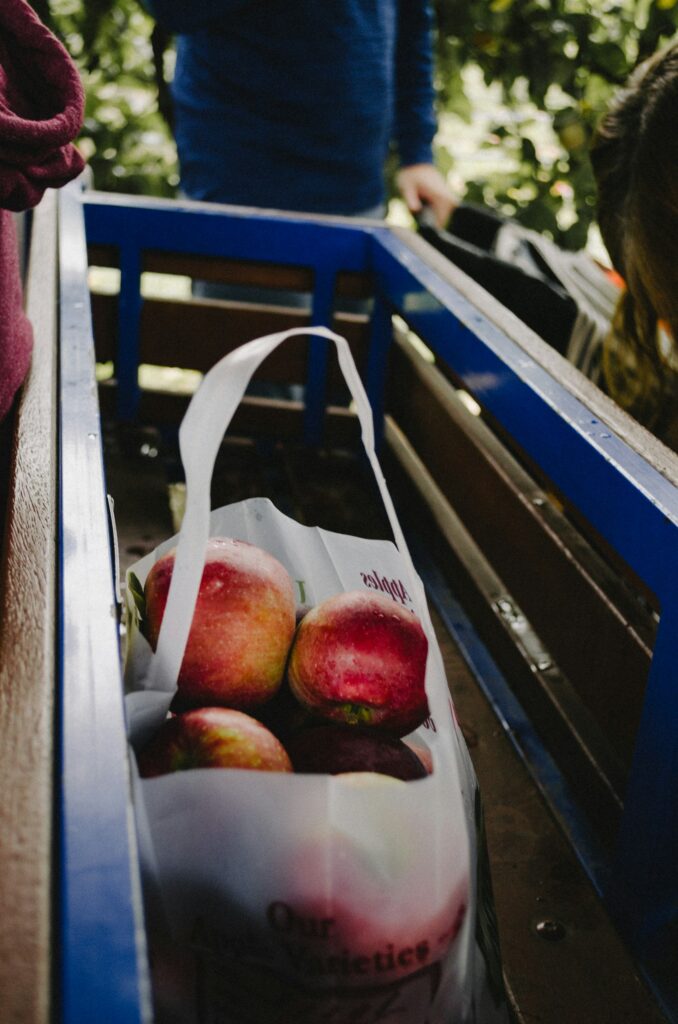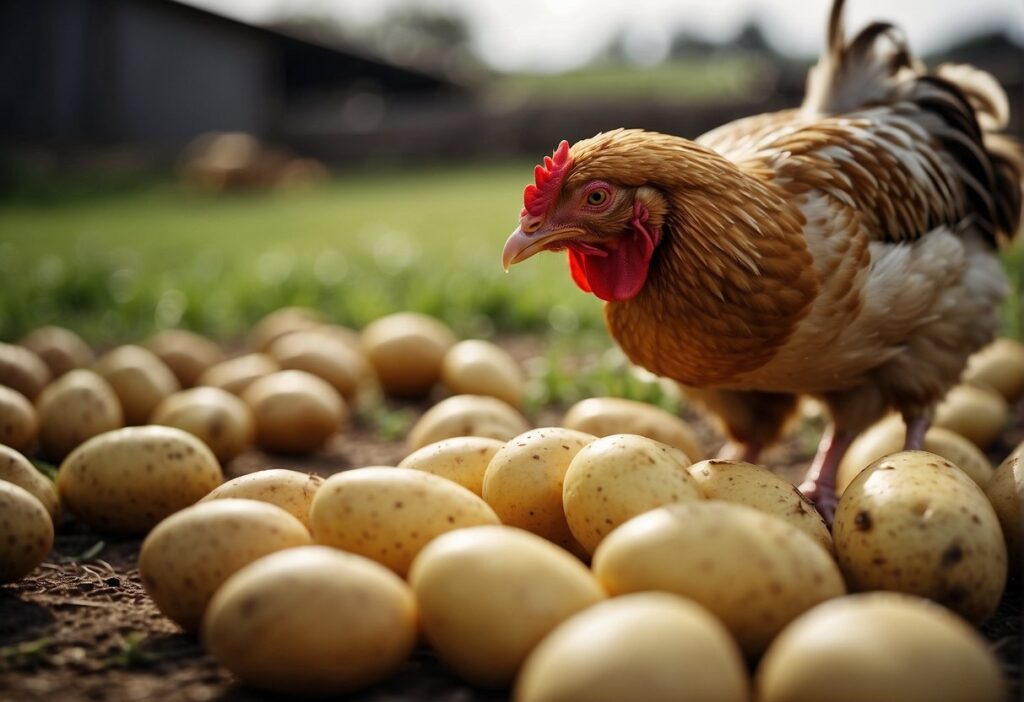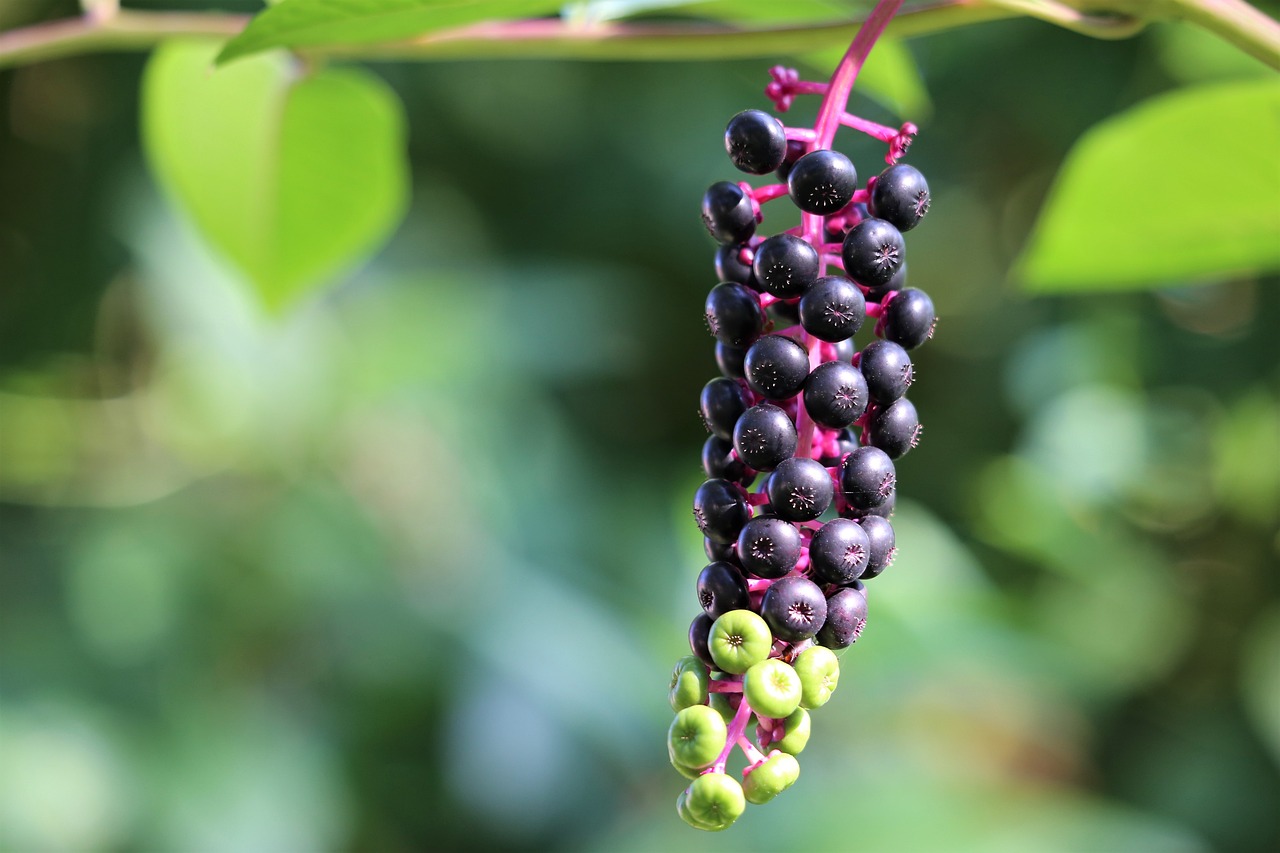
Pokeweed, a plant with a notorious reputation, often raises the question: is it poisonous to touch? This article delves into the truth behind pokeweed poisoning and offers insights on how to handle this plant safely. Whether you’ve accidentally brushed against it or are considering removing pokeweed with your bare hands, this guide will provide you with the essential information to stay safe.
Why Is Understanding Pokeweed Poisonousness Important?
Pokeweed, or Phytolacca americana, is a common sight in many parts of the country, growing up to 10 feet tall with distinctive purple pokeberries. While it’s known for its potential toxicity, it’s essential to understand the specifics to avoid unnecessary panic and to handle the plant correctly.
The Toxicity of Pokeweed Throughout Its Growth
The pokeweed plant, also known as American nightshade, pigeon berry, or simply poke, is a perennial weed that can be found in various environments. From its early growth stages to maturity, the plant’s toxicity levels vary. Young plants are often thought to be less poisonous than mature ones, but this is a misconception. The entire plant, at any stage of growth, contains toxic compounds that can be harmful if not handled properly.
Recognizing the Parts of Pokeweed
Understanding the different parts of the pokeweed plant is crucial for identifying the risks associated with each. The plant is composed of large, oblong leaves; stems that can range from green to purple; and berries that transition from green to a deep purple as they mature. Each part of the plant, including the roots, stems, leaves, and berries, contains varying levels of toxic substances.
The Potency of Pokeweed Toxins
Pokeweed contains several toxic compounds, including triterpene saponins, phytolaccatoxin, and phytolaccigenin. These chemicals are responsible for the plant’s toxicity and can cause a range of symptoms if ingested or if they come in contact with the skin. The roots of pokeweed are particularly potent and are considered the most toxic part of the plant.
Can You Touch Pokeweed Without Gloves?
It’s generally advised to use protective gloves when handling pokeweed. Touching any part of the plant can produce irritation, and the toxins can potentially pass through the skin and affect the bloodstream.
The Risks of Handling Pokeweed Barehanded
Handling pokeweed without gloves is not recommended. The plant’s sap can cause dermatitis, and the toxins can be absorbed through the skin. If you must handle pokeweed, it’s essential to wear protective gloves and wash your hands thoroughly afterward.
What to Do If You’ve Touched Pokeweed
If you’ve come in contact with pokeweed, it’s important to wash the affected area with soap and water immediately. Avoid scratching the area, as this can further irritate the skin. If you experience severe symptoms, such as difficulty breathing or swallowing, seek medical attention right away.
Is Pokeweed Poisonous to Touch?
Yes, pokeweed can be poisonous to touch. While the risk of severe symptoms from mere contact is lower than ingestion, it’s still unsafe, particularly for individuals with sensitive skin or allergies.
Comparing Pokeweed to Other Poisonous Plants
Pokeweed is often compared to other poisonous plants like poison ivy and poison oak. While the mechanism of toxicity is different, the precautions for handling these plants are similar. It’s important to wear protective clothing and to wash any exposed skin immediately after contact.
The Myth of Pokeweed’s Harmlessness
Some people argue that pokeweed is not toxic and can be handled without concern. However, scientific evidence strongly suggests that all parts of pokeweed are poisonous and can cause harm if touched or ingested.
How to Safely Remove Pokeweed?
To remove pokeweed:
- Wear rubber gloves and long sleeves.
- Carefully dig out the roots to prevent regrowth.
- Dispose of the plant material where it can’t be accessed by children or animals.
Steps for Safe Pokeweed Removal
Removing pokeweed safely requires careful planning and execution. Here are the steps to follow:
- Identify the pokeweed plant and its boundaries.
- Wear appropriate protective gear, including gloves and long sleeves.
- Use a shovel to dig around the plant, ensuring you remove the entire root system.
- Place the removed plant in a plastic bag for disposal.
- Clean all tools and gloves used during the removal process.
Disposing of Pokeweed Properly
After removing pokeweed, it’s important to dispose of it properly. Do not compost pokeweed, as the toxins can remain in the compost and potentially contaminate your garden. Instead, seal the plant in a plastic bag and dispose of it with your regular trash.
What Are the Symptoms of Pokeweed Poisoning?
If pokeweed poisoning occurs, symptoms may include stomach pain, low blood pressure, convulsions, and respiratory depression. In severe cases, it can lead to life-threatening plant poisoning.
Recognizing the Signs of Pokeweed Exposure
The signs of pokeweed exposure can vary depending on the part of the plant that was touched or ingested. Symptoms can range from mild skin irritation to severe gastrointestinal distress. It’s important to be aware of these signs and to act quickly if you suspect pokeweed poisoning.
When to Seek Medical Help for Pokeweed Poisoning
If you or someone you know has ingested pokeweed or is experiencing severe symptoms after coming in contact with the plant, seek medical help immediately. Provide as much information as possible about the exposure, including the part of the plant involved and the amount of time since contact.
Pokeweed and Its Place in Nature
Despite its toxicity, pokeweed plays a role in the ecosystem. It’s a valuable food source for birds, and some argue that pokeweed has antiviral properties that could be harnessed for new medicines.
The Ecological Importance of Pokeweed
Pokeweed serves as an important food source for various bird species, which can eat the berries without harm. The plant also provides shelter and nesting material for wildlife. Its ecological role should be considered when deciding whether to remove pokeweed from your property.
The Potential Medicinal Uses of Pokeweed
Research has indicated that pokeweed may have antiviral and anti-inflammatory properties. Compounds extracted from the plant are being studied for their potential use in treating conditions such as arthritis and multiple sclerosis. However, these studies are in the early stages, and pokeweed should not be used as a home remedy.
Summary of Key Points to Remember
- Pokeweed is poisonous and can cause irritation when touched.
- Always wear gloves and protective clothing when handling pokeweed.
- The roots and unripe berries contain the highest levels of toxins.
- If you suspect pokeweed poisoning, seek medical attention immediately.
Understanding the risks associated with pokeweed and taking the necessary precautions can help you stay safe while coexisting with this plant in your environment. Remember, when in doubt, it’s better to err on the side of caution and consult a health care provider or a professional for advice on handling or removing pokeweed.

